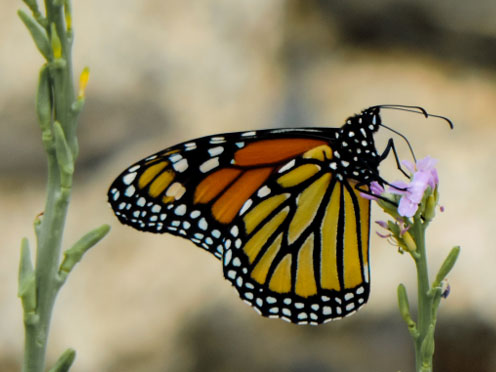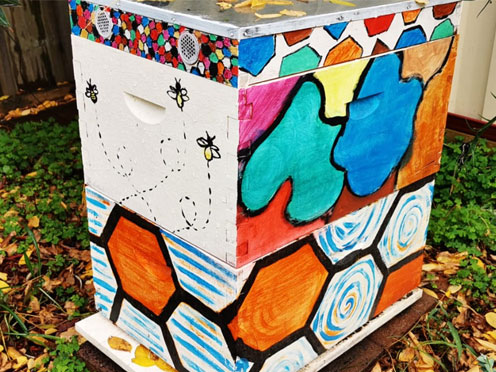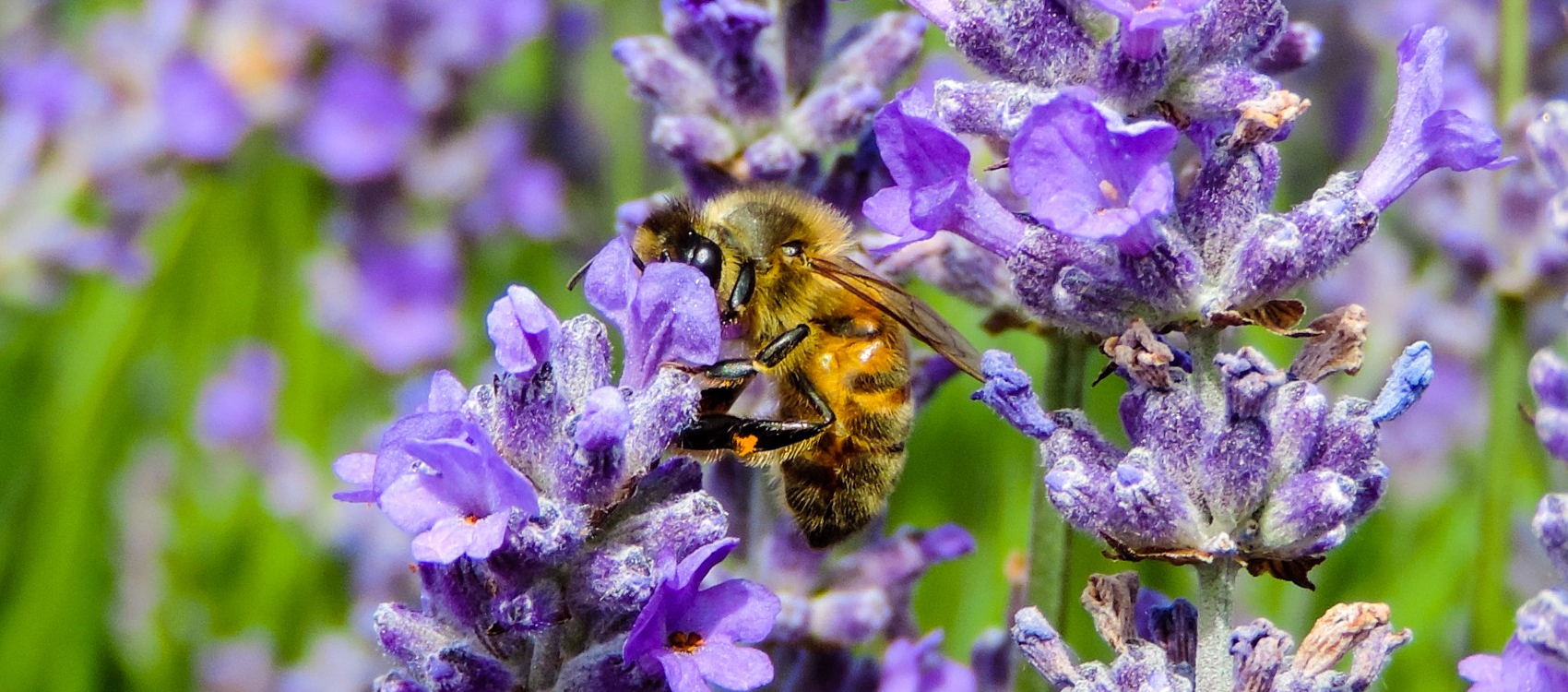Links to New South Wales Curriculum
Stage 2 Science and Technology
A student compares the features and characteristics of living and non-living things (ST2-4LW-S)
A student describes how agricultural processes are used to grow plants and raise animals for food, clothing and shelter (ST2-5LW-T)
Stage 2 Geography
A student examines the features and characteristics of places and environments (GE2-1)
A student describes the ways people, places and environments interact (GE2-2)
Skills
A student questions, plans and conducts scientific investigations, collects and summarises data and communicates using scientific representations (ST2-1WS-S)
A student selects and uses materials, tools and equipment to develop solutions for a need or opportunity (ST2-2DP-T)
A student acquires and communicates geographical information using geographical tools for inquiry (GE2-4)
Literacy capability
Numeracy capability
Information and Communication Technology capability
Critical and Creative Thinking capability
Personal and Social capability
Ethical Understanding capability
Intercultural Understanding capability.
For more information on bees, pollination and current research see;
- How insects see flowers
Bizarre bee-haviour
Our bees have backpacks
Citizen science opportunities
Activity extensions
The ‘Who Pollinates That?’ activity sheet could be modified for a whole class activity like below. This game will get your students thinking and moving around, to learn about pollination, develop decision making skills and work together to solve problems.
Create three ‘stations’ around the classroom for students to move to.
Give each student an image of either a plant, bat, bird, butterfly, moth, bee, possum, or fly.
Ask questions about external characteristics that group the plants and pollinators differently. For example, ‘how many legs do they have?’ would result in the three stations ‘no legs’, ‘two legs’, and ‘six legs’.
Students then move to the station that their living thing belongs to e.g. all the insect pollinators go to ‘six legs’, the birds and bats go to ‘two legs’ and the plants go to ‘no legs’. Likewise, you can make groups based on whether they have fur, feathers, different colours or shapes, wings, leaves etc.


